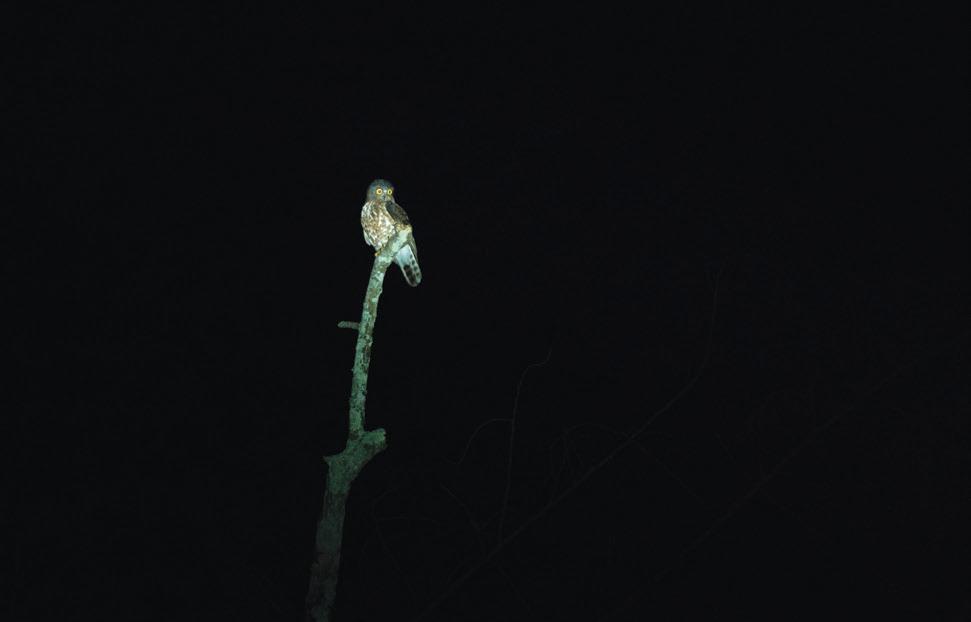LIGHT, LIGHT EVERYWHERE!

Nearly 15 years ago, I read an article about the stark difference of human activities in London between day and night before the invention of street lighting. This was particularly contrasting in the dark gloomy winter nights. Perhaps people were living as Nature tell them to do. Even our Vedas teaches us to eat dinner early and go to sleep as night comes. The street lights changed everything. Lamps and lanterns were hung from houses even in the 15th century in London but they were haphazardly placed and expensive and not lighted enough to allow timid Londoners to venture out. Gas lights, started in London in 1807, changed the nightlife. It took 70 years before electric lights were installed in London in 1878. In India, Bangaluru was the first city to have street lights in 1905.
Now it is impossible to think of life without light. For billions of years, the Earth lived with a natural day and night rhythm. Species are involved to follow this rhythm. For some nocturnal species, their ‘day’ begins at or after dusk. Almost 70 percent of mammal species are nocturnal, i.e., active during the night, and pass the day either sleeping or inactive. While only 3.5 percent of terrestrial birds are truly nocturnal (though a much larger percentage of birds such as waterbirds forage and migrate during night). Since the discovery of electricity, the nightscape has changed – nights are not as dark as they used to be. This 200 odd year period is so minuscule in the evolutionary time scale that most species are not able to adapt, literally to the ‘lighted world’. Death of darkness is seen in many parts of the world.
この記事は Saevus の SAEVUS MARCH - MAY 2023 版に掲載されています。
7 日間の Magzter GOLD 無料トライアルを開始して、何千もの厳選されたプレミアム ストーリー、9,500 以上の雑誌や新聞にアクセスしてください。
すでに購読者です ? サインイン
この記事は Saevus の SAEVUS MARCH - MAY 2023 版に掲載されています。
7 日間の Magzter GOLD 無料トライアルを開始して、何千もの厳選されたプレミアム ストーリー、9,500 以上の雑誌や新聞にアクセスしてください。
すでに購読者です? サインイン

Staying ALIVE!
The importance of getting to the root causes of conflict with wildlife, is essential. Its mitigation will guarantee the very survival of all species.

Frames from the WILD
A few amazing shots from a horde of incredible ones!

WAKE UP!
A frightening thought a world without wildlife, mornings without birdsong, and all that we take for granted! We must realise the dangers threatening the beauteous green world and its inhabitants around us!

Dolphin DILEMMA!
A crucial article to highlight the significance, and plight of Our riverine friends.

Gecko Quest!
The authors take us on the trail of a gecko from West Bengal, through the hills of the Bankura district.

Endangered EXOTICA!
The author takes us on an exotic ride into the forests of Malaysia, allowing us glimpses of the beauties of its wildlife!

Mellifluous Magpie!
Immerse yourselves in the world of the musical and glorious Magpie Robin! The authors help acquaint us with this beautiful bird.

Think Different!
The author brings to us the very real concern for the horses employed around pilgrimage sites in India.

Take Heed!
The authors make a case for the conservation of the rare and lesser-known Sociable Lapwing.

Close Encounters!
The author introduces us to two amazing yet very different bird species, showing us the diversity of our ecosystems,
